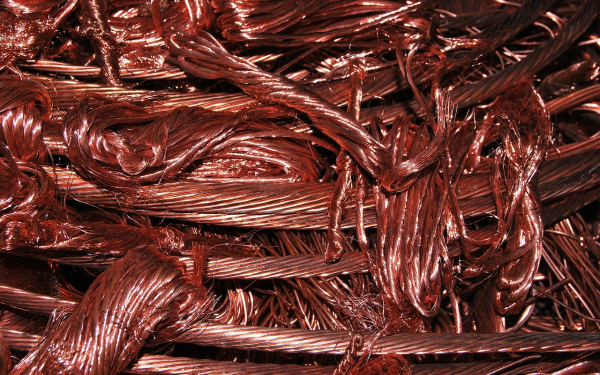
Muzhu Mining Ltd. (CSE: MUZU)
Creating lasting wealth by developing gold and silver properties with near-term mining potential

Of all the metals, copper has very unique characteristics, as it is used in a wide range of industrial and technological applications, its fortunes are closely tied to overall economic growth.
Unlike industrial metals, which are largely influenced by supply and demand fundamentals, and precious metals often driven by investor sentiment, copper is often more sensitive to inflation and the movement of the US dollar.
However, it is worth pointing out that, in addition to gold and silver, copper is emerging as a potential hedge against inflation. Firstly, copper prices tend to rise before the price of general consumer goods, making it possible to buy copper as an active inflation hedge.
Secondly, because copper is used in many products, its price increases are transmitted to final consumer goods, which in turn generates inflationary pressures. Since copper is used throughout the economy, these pressures are felt in every sector, which again leads to higher consumer prices.
An analysis completed by Bloomberg in 2017 showed that for every 1% increase in the Consumer Price Index since 1992, there has been a corresponding 18% increase in copper prices. Copper has outperformed all other major asset classes (excluding energy), rising twice as much as gold. Copper has historically been one of the best performing assets in times of inflation.
Another benefit of using copper as an inflation hedge is that it is much cheaper than both gold and silver. However, using copper as an inflation hedge is not without risk. in March 2020, as the pandemic began to break out globally, copper prices fell rapidly, just barely holding above $2 per pound, the lowest level since 2016. during the 2008 recession, copper prices fell as low as $1.30 at one point.
In addition, copper is not seen as a symbol of wealth in the same way that gold and silver are. As a result, copper is not considered a “safe” investment, and the volatility of its price movements explains why investors prefer stable investments like gold as a hedge.
Another major risk is that world copper consumption is highly dependent on China, which will consume more than half of the world’s copper production in 2022. A quarter of China’s copper consumption goes to the construction industry, and any major change in the Chinese economy will alter copper demand and prices.
Analysts at FasterCapital explain that overall, the relationship between copper and inflation is complex and multi-faceted. While copper can be used as a hedge against inflation, there are many other factors that can affect the price of copper. Investors and analysts need to take a holistic view of the market and consider all the different factors that could affect copper prices when making investment decisions.
The bullish view on copper is based on the arrival of the green economy, which is a key building block in the global move to net-zero emissions due to copper’s excellent electrical conductivity. Analysts point out that demand for copper for battery and hybrid electric vehicles and charging infrastructure, as well as copper demand for transmission and distribution networks, could double by 2035.
Research by Calamos Investments shows that renewable power generation is five times more copper-intensive than the conventional grid. In addition, the production of electric vehicles requires four times as much copper as internal combustion engines, while each EV charging station requires roughly 10kg of copper. Analysts believe that significant investment in the copper mining sector will be needed in the coming years to avoid supply shortages.
Overall, stable supply, and in some cases supply constraints, combined with growing demand, make copper an attractive investment.